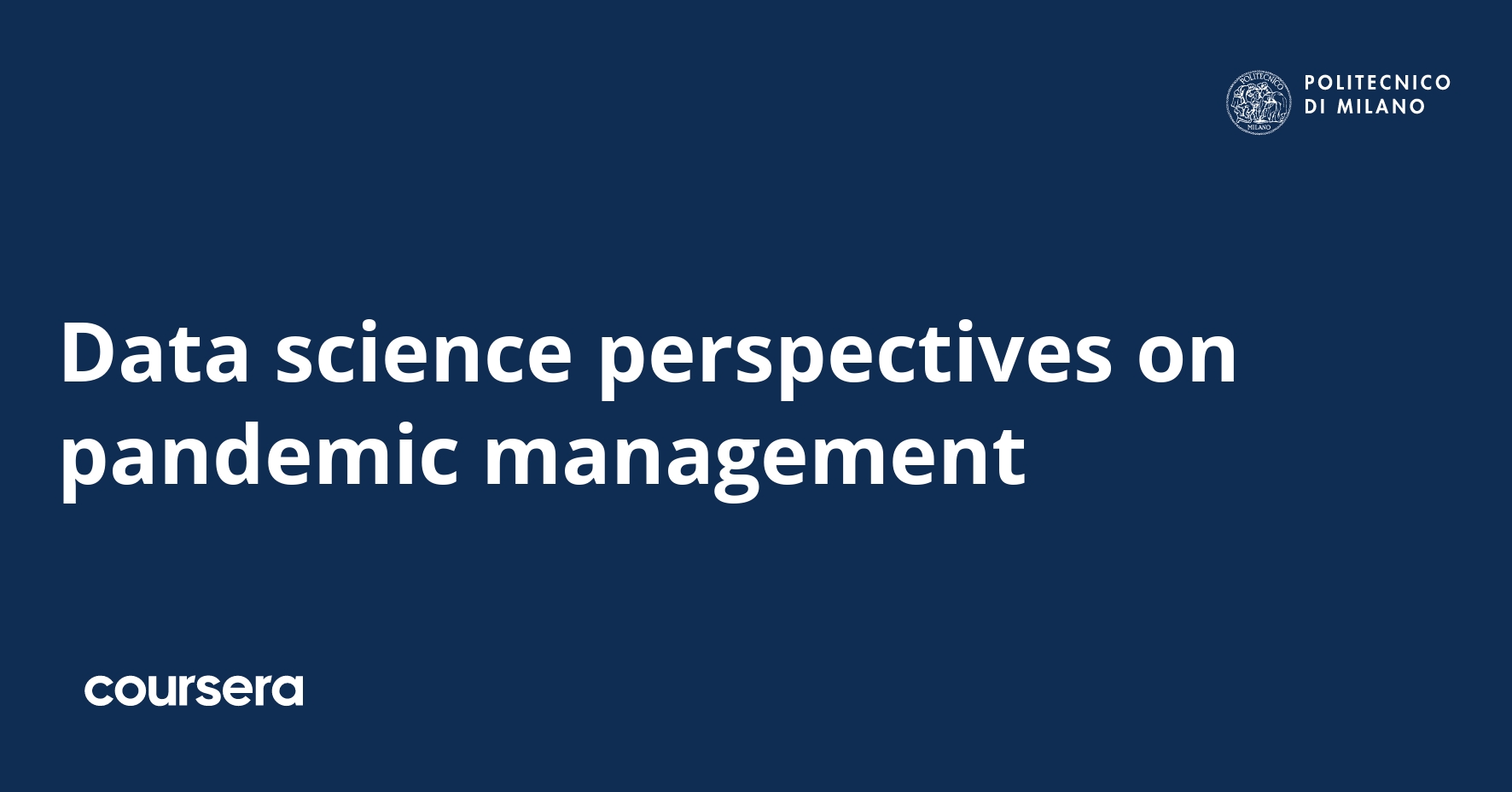Description
The COVID-19 pandemic is one of the first world-wide scenarios where data made a difference in capturing and analyzing the diffusion and impact of the disease.
We offer an introductory course for decision makers, policy makers, public bodies, NGOs, and private organizations about methods, tools, and experiences on the use of data for managing current and future pandemic scenarios.
This course describes modern methods for data-driven policy making in the context of pandemics. Discussed methods include policy making, innovation, and technology governance; data collection from citizens, crowdsourcing, gamification, and game with a purpose (GWAP); crowd monitoring and sensing; mobility and traffic analysis; disinformation and fake news impacts; and economical and financial impacts and sustainability models. Methods, tools, and analyses are presented to demonstrate how data can help in designing better solutions to pandemics and world-wide critical events.
In this course you will discover the role of policy making and technology governance for managing pandemics.
You will learn about methods like crowdsourcing, gamification, sensing of crowds and built environments, and contact tracing for understanding the dynamics of the pandemic.
You will understand the risk of disinformation and its impact on people perception and decisions.
The course also covers the financial models that describe the pandemic monetary impact on individuals and organizations, as well as the financial sustainability models that can be defined.
Thanks to this course you will get a deeper understanding of motivations, perceptions, choices, and actions of individuals in a pandemic setting, and you will be able to start defining appropriate mitigation actions.
This course was developed by a set of European research and education institutions as part of the research project ‘Pan-European Response to the Impacts of the COVID-19 and future Pandemics and Epidemics’ (PERISCOPE, https://www.periscopeproject.eu/). Funded by the European Commission Research Funding programme Horizon 2020 under the Grant Agreement number 101016233, PERISCOPE investigates the broad socio-economic and behavioural impacts of the COVID-19 pandemic, to make Europe more resilient and prepared for future large-scale risks.
What you will learn
Introduction and Policies
This module introduces the course. It describes the structure of the course and proposes a first overview on the role of policies and technologies in the context of pandemic management.
Crowdsourcing and Gamification
This module presents the concepts of crowdsourcing and gamification. It features some methods and examples and describes the advantages of the various approaches.
The COCTEAU tool
This module discusses a specific gamification approach called COCTEAU, which aims at involving participants in a game for creating subjective perceptions of the pandemic and visions for the future.
Crowdsourcing and Crowdsensing of the Built Environment
In this Module, we will focus on crowdsourcing and crowdsensing of the built environment. More specifically, you will become familiar with OpenStreetMap — a prominent source of crowdsourced map data that is nowadays used by professionals, governments, and communities worldwide and forms the basis of an endless list of applications and services around different aspects of our living environments. You will also become acquainted with rudimentary procedures for querying and making sense of data derived from OpenStreetMap, using visualization techniques. The Module consists of three Lessons. This Module is organized by the Urban Analytics group of Delft University of Technology.
Contact Tracing
This module discusses the different methods and data sources that can be exploited for the traceability of human movements and social contacts. This has been an important contribution to the understanding of the dynamics of the pandemic.
Disinformation and social media analytics
This module presents the problem of disinformation and fake news that are shared online and discusses the impact that this phenomenon can have on the life and decision of citizens, with particular emphasis on the reactions to the pandemic and to the different sensibilization campaigns.





